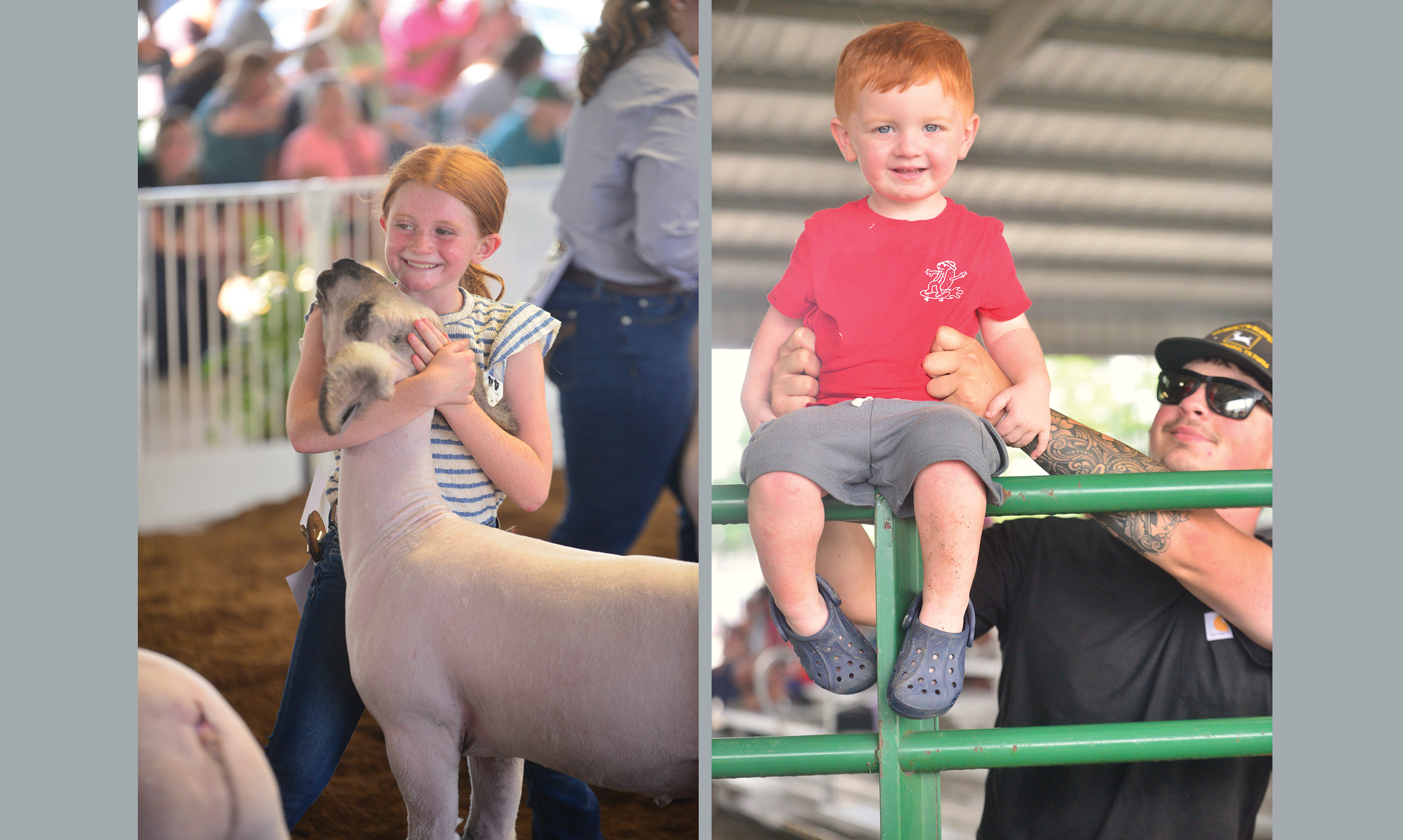MJ Wixsom: Taking care of an orphan squirrel
Published 12:00 am Tuesday, March 1, 2022
It is spring and with the plum blossoms and daffodils come the invariable baby orphans.
So far, this year, we have taught people how to take care of grey squirrels, song birds and have taken in a grey fox kit and a flying squirrel orphan.
It is important to note, that many young animals are not actually abandoned when they come into captivity.
Trending
There is no day care in the wild and just because mom is not where you can see her does not mean that she is not around.
Please, call us before you take a young critter out of the wild unless they are injured or mom is dead. We don’t normally take in small mammals, but in a moment of possible weakness, I allowed the flying squirrel to be admitted.
There are two species of native flying squirrels in North America, Northern and Southern flying squirrel. Both North American species are relatively small. The Southern flying squirrel from nose to tail tip is about 8 to 10 inches. The tail itself can be almost half of that. Ours may be tiny, but some Asian species can be almost four pounds and 32 inches long. Their nimble glides can be as far as 75 yards.
The flying squirrels in our neck of the woods are the Southern flying squirrels. Much smaller than their tree squirrel cousins, they have grey brown fur on top with darker flanks and a cream-colored belly with a flattened tail. Flying squirrels don’t actually fly. Bats are the only mammal to do that.
Flying squirrels have a membrane that runs from the front to rear legs to allow them to glide through the air.
This membrane is covered in fur and is called a patagium, which acts like a parachute to keep the squirrel airborne.
Trending
They take off with a running start or a stationary jump from a tree. They may use triangulation to estimate the distance because they are often seen leaning out and pivoting from side to side before jumping. In the air, they spread their arms out and forward and their legs backward and out. This stretches the membrane into a square-like shape.
They are aerial acrobats and can make 90 degree turns around obstacles if needed. Right before landing on a tree, they raise their flattened tails. This sharply changes the trajectory upwards and they point all of their legs forward to create a parachute effect. This reduces the shock of landing. Flexing the limbs absorb the remainder of the impact.
They then immediately run around the tree trunk or to the top of the tree in order to avoid any potential predators. They are graceful fliers but very clumsy walkers and would rather hide than run if they are in danger on the ground.
The adorable great big eyes are an adaptation for the nocturnal lifestyle. In the wild, they feed on fruit and nuts from deciduous forest trees such as red and white oak, hickory and beech. Flying squirrels plan for the winter by storing acorns for winter consumption. When available, they eat insects, buds, mushrooms, carrion, bird eggs and nestlings and flowers. In turn they are eaten by snakes, owls, hawks, raccoons and domestic cats.
Mom flying squirrels are pregnant for 40 days and have up to two litters a year of two to seven babies. The young have no fur at birth. Ears open in 2 to 6 days.
Fur grows in by about seven days. The eyes do not open for 24-30 days. They are weaned at 65 days, but not independent until 120 days old.
The southern flying squirrel prefers eastern deciduous forests or mixed forests with large hickory and beech trees. Maple, poplar, and oak can also be called home. They prefer woods without people or their influence.
They will often den up in natural cavities and woodpecker holes, but can build a nest out of leaves and twigs. Like squirrels, leaf nests are mainly used as a summer refuge.
Southern flying squirrels have great homing abilities, and can return from up to a kilometer away back to their nests if they are moved up.
Southern flying squirrels are highly social mammals and can be seen in large groups flying and foraging together.
They can winter together in dens or attics to conserve energy. (Nesting together can serve up to 30 percent of their winter energy.) This is where they often come in contact with humans as a favorite den is an attic.
If you have flying squirrels in your attic, exclusion is the best way to keep them out. Like most rodents, feces can be dangerous to humans. Sylvatic typhus and Rickettsia prowazekii bacteria is watched by the Centers for Disease Control.
Flying squirrels are far more common than we expect from their sightings.
Because they are nocturnal, we rarely see them because we are asleep or indoors.
Outside, we may miss them because of the darkness. A flashlight may help by showing their eyes shine.
They also make a high-pitched “cheep” sound to communicate, which can be heard within the first several hours after sunset.
Flying squirrels are widespread in remote, wooded wilderness, and also many suburban areas that have enough old-growth trees to accommodate their lifestyle.
This baby is about four weeks old, but still has to be fed several times a day. They do not make good pets and we have to strike a balance between familiar enough with us not to get bitten repeatedly and wild enough to want to leave and join others of its kind.
For now, we are caring for him, by summer he should be released.
MJ Wixsom, DVM MS is a best-selling Amazon author who practices at Guardian Animal Medical Center in Flatwoods, Ky. GuardianAnimal.com 606-928-6566






